Hands on with the iPhone 6s and iPhone 6s Plus
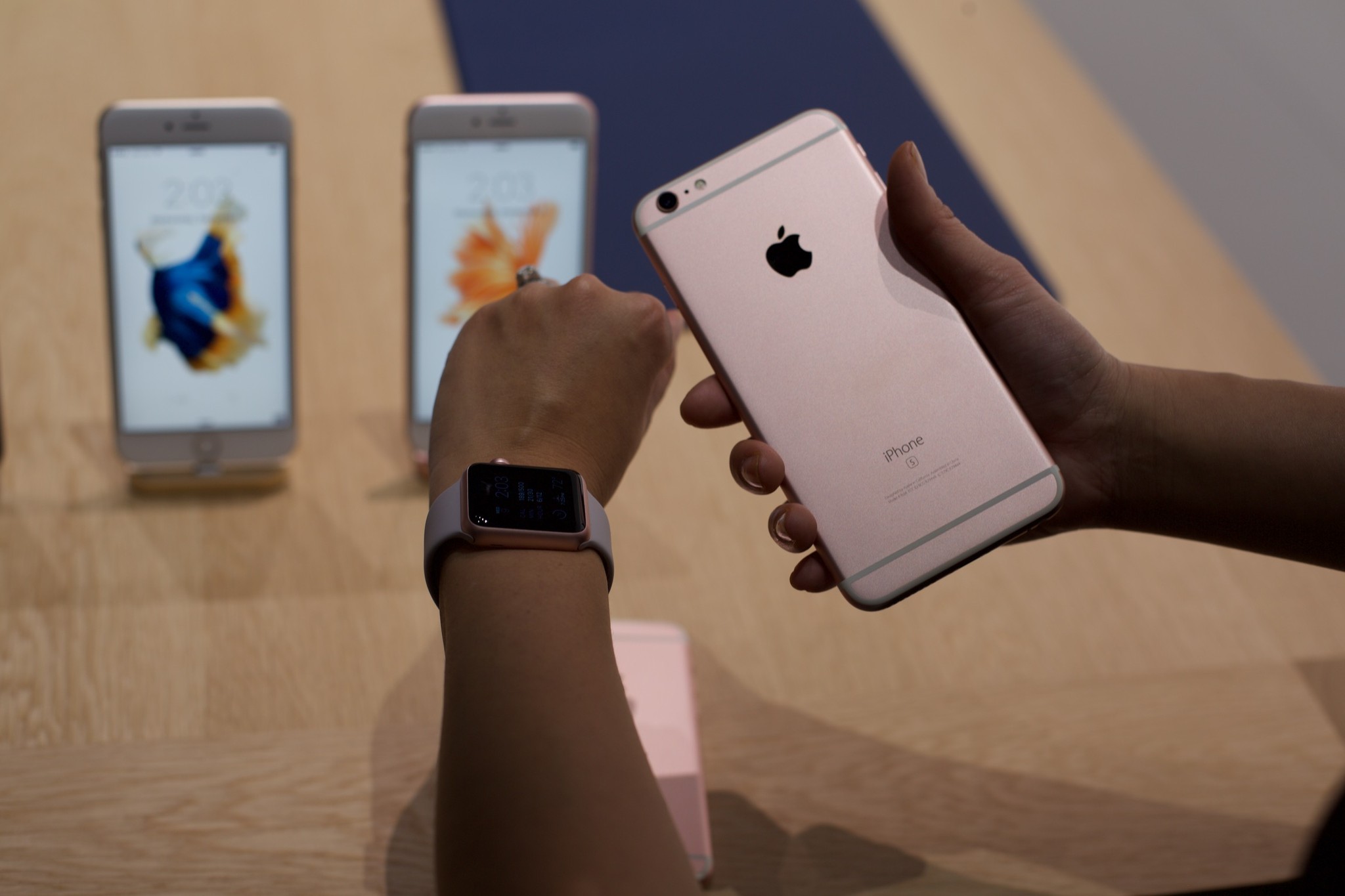
Hyperbole, of course, but it frames how Apple is marketing its new phones as the most advanced devices on the market.
The outer shell
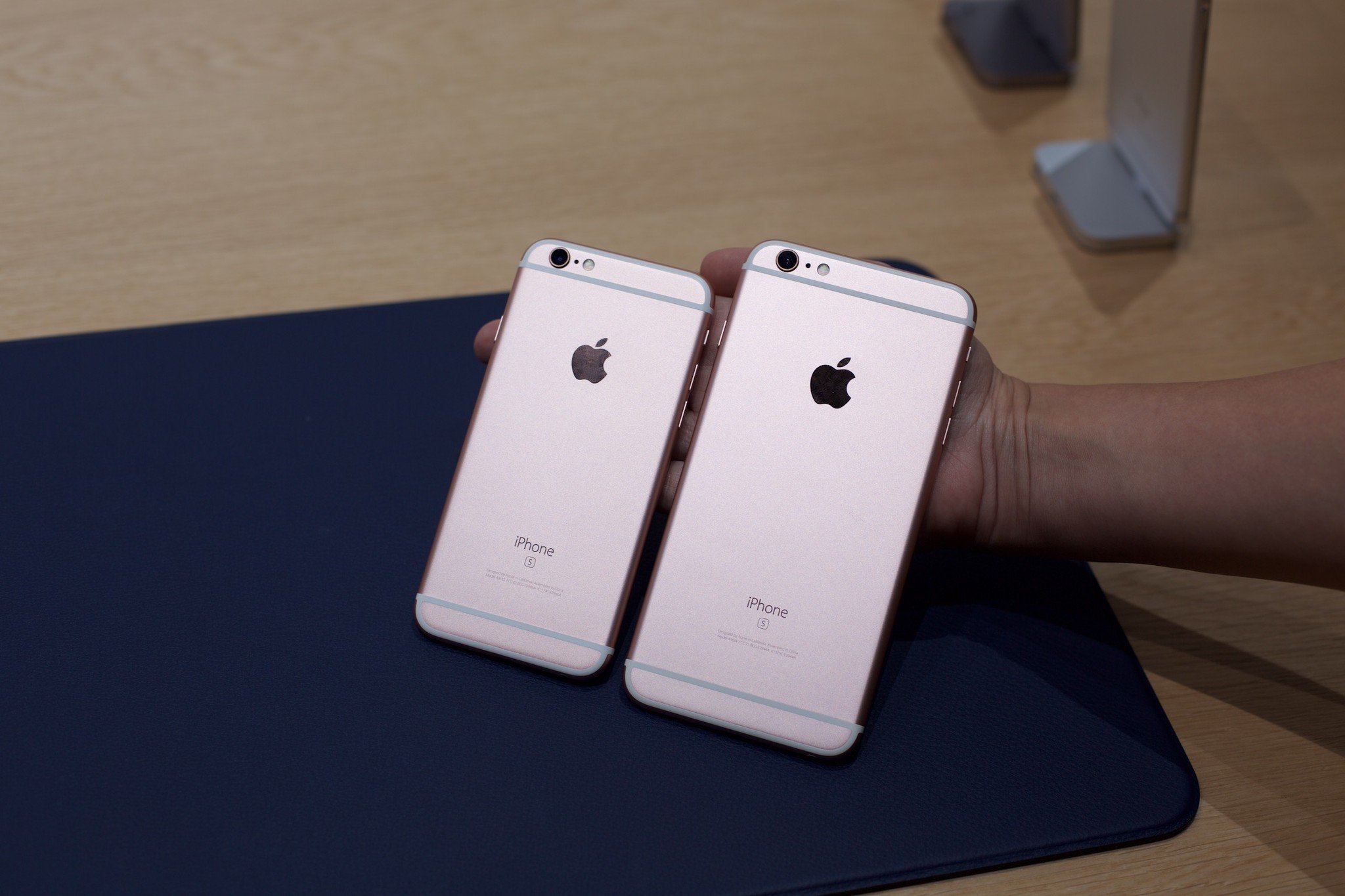
The exterior casing is the same—except it's now 7000-series aluminum, same as the Apple Watch, and stronger than ever before. The screen is the same—except the ion-exchange in the glass is now double what it used to be, making it stronger as well.
And, of course, it comes in rose gold. (Which is really more "pink" gold.)
Peek, pop, and 3D Touch
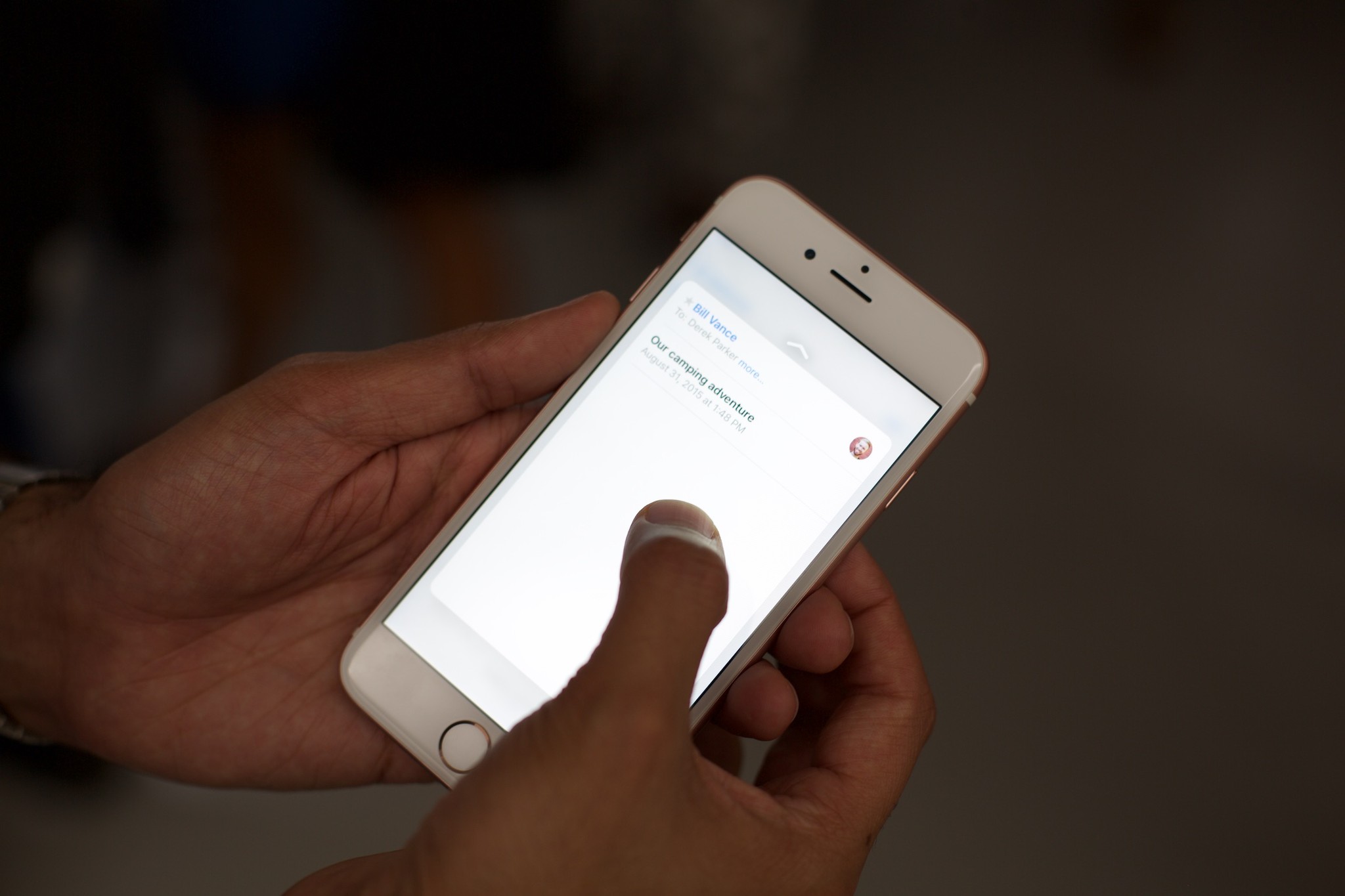
It doesn't feel too different when you hold it: as smooth and light as ever. I've been using both the 4.7-inch iPhone 6 and the 5.5-inch iPhone 6 Plus for almost a year now, and I can juggle either one-handed when I have to—even with my off-hand. Thanks to Peek and pop, the new 3D Touch feature in the iPhones 6s, one-handed use is easier than ever.
The challenge with iPhone interfaces has always been their single-column nature: You have a screen, you tap to drill down or slide over, then you have to tap to go back. Peek saves you that travel. If you're looking at your inbox and trying to figure out which of the three dozen messages Kevin send you during the event has the code you need, you just touch it and push. The message floats up, and you can scan it, swipe to triage, or press deeper to go right into it.
Multitouch goes multidimensional with 3D Touch, and it works really well here. There's a taptic engine for haptic feedback, just like with the Apple Watch, but 3D Touch goes further than Force Touch: It reads the deformation of the screen to incredibly precise levels and uses a bunch of other smarts to figure out what you're doing—and how hard you're doing it. It's good enough that you can push harder to get thicker lines when you sketch in Notes, for example, and potentially in other apps, too.
It works terrifically well: Push into icons to get quick actions. Push into data detectors to get quick previews. Push into a photo... and you get Live Pictures.
Master your iPhone in minutes
iMore offers spot-on advice and guidance from our team of experts, with decades of Apple device experience to lean on. Learn more with iMore!
The pictures themselves look like normal stills, every bit as high-resolution as their predecessors. The magic happens when you snap photos: When you open your camera and take a snap, it also takes a series of images 1.5 seconds before and 1.5 seconds after. 3D Touch on a photo, and you'll see the animation of those frames. You can use them to capture your child's smile, your friend's stumble, or the crashing of the waves. You can even set Live Pictures as your lock screen wallpaper.
They only animate when you press into them, which means they don't waste any processor cycles unless you explicitly want to see movement.
Cameras
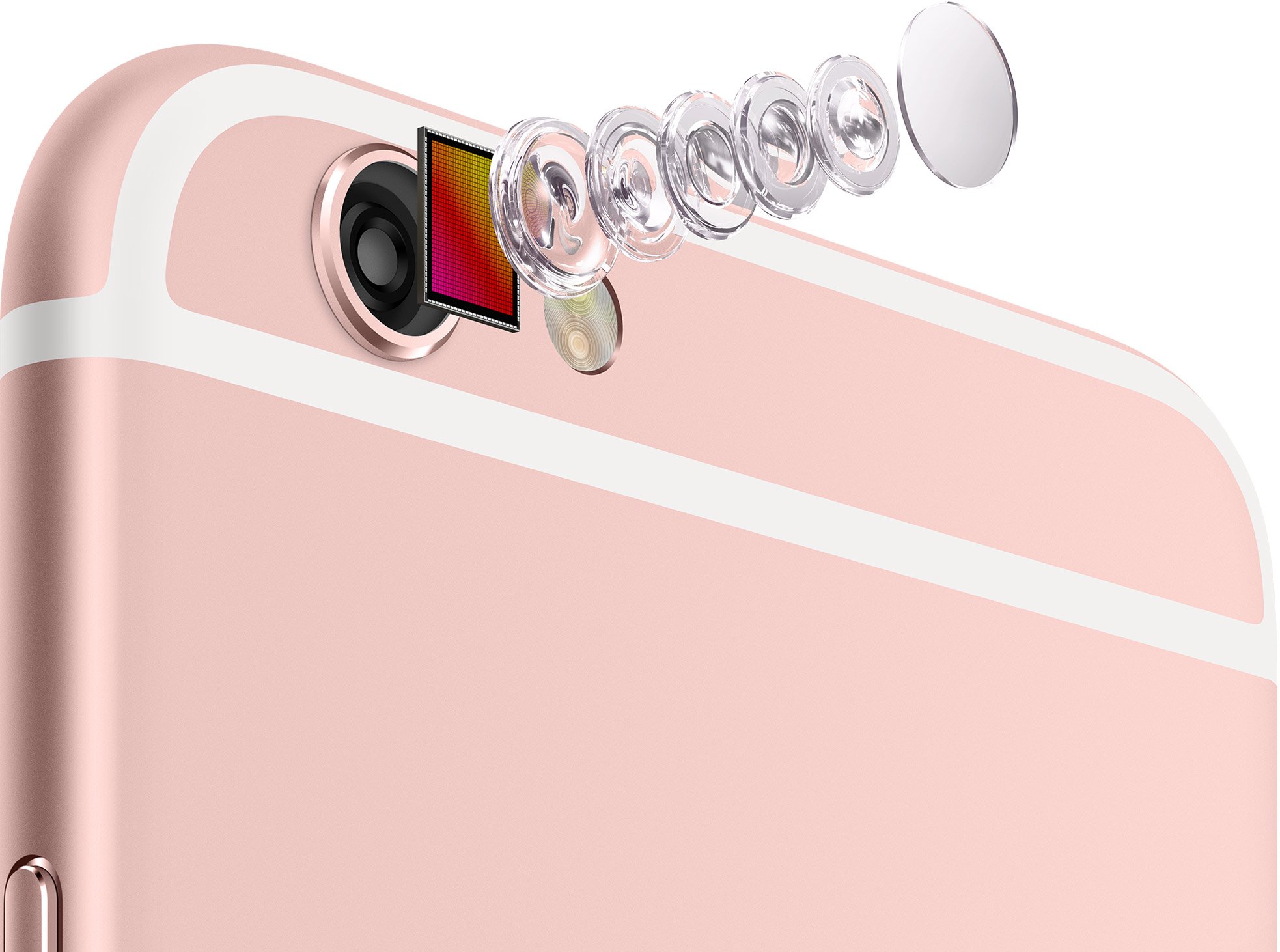
The new camera sports a 12-megapixel sensor, but Apple didn't just slice up pixels to do it, nor did they inflate the count. They kept each pixel clean, sharp, and separated with technology like deep trench isolation, so there's as little bleeding over from one to the other as possible.
The result is clean, crisp photographs with amazing color fidelity and detail. (Also, giant 63-megapixel panoramas. Optical Image Stabilization (OIS) is still a Plus-only feature—but now it shoots rock-solid video, as well.
Both iPhones 6s shoot 4K. It's 30 frames per second, but incredibly detailed. You can upload it straight to YouTube if you like and from there, watch it anywhere. (Apple's own 4K Apple TV story is, sadly, like the technology itself, still developing...)
Also, the front FaceTime camera now has a 5-megapixel sensor, and the Retina display now has a custom chip that will flash it twice as brightly to light you up for the brightest selfies ever.
Storage and specs
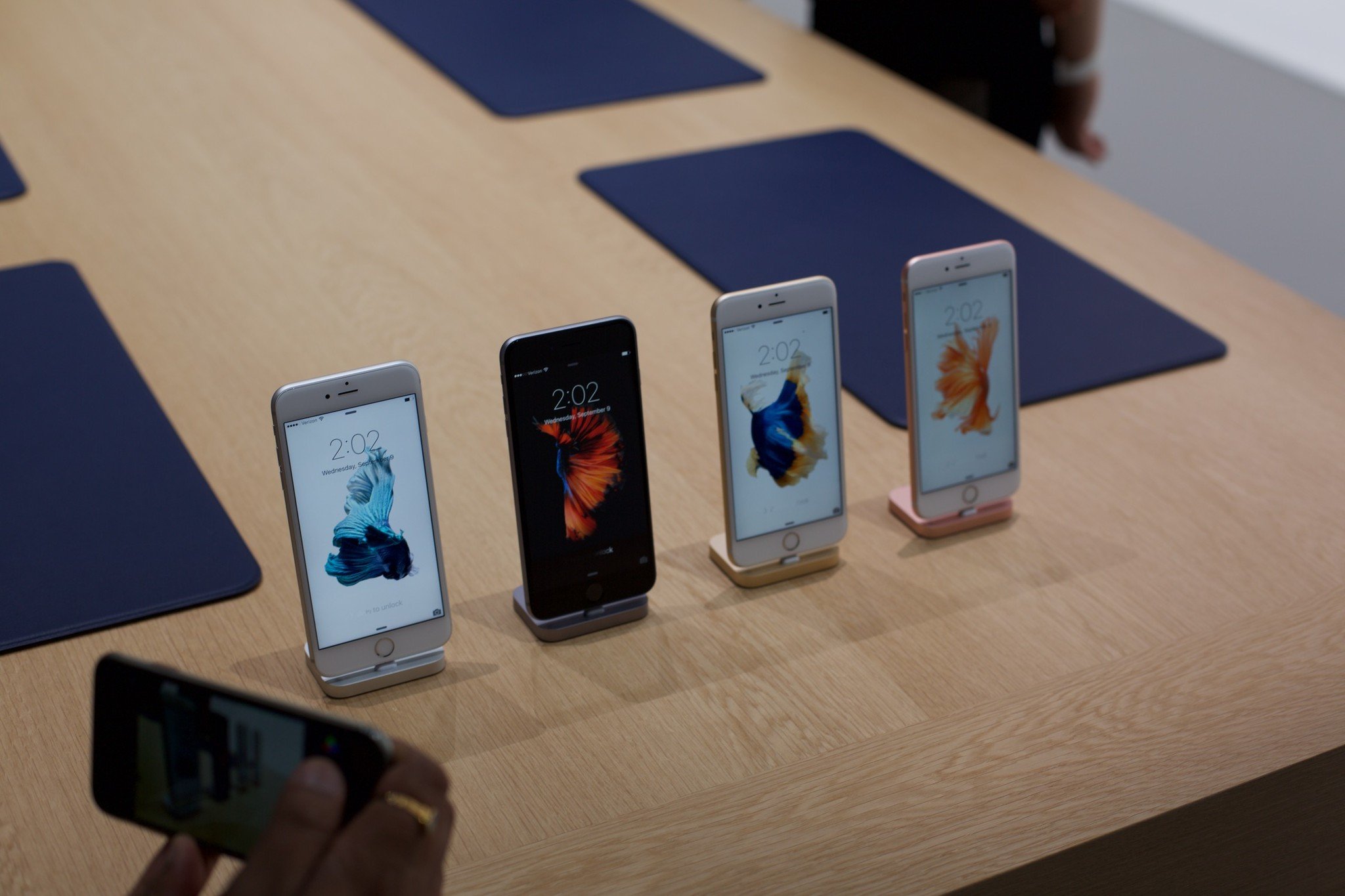
Apple wasn't talking RAM at the event, but they did talk storage: 16 GB, 64 GB, and 128 GB, same as last year. Most of the people reading iMore won't want—and shouldn't get—a 16 GB iPhone. But it's there for those that want it—whether it's enterprise businesses that want to buy thousands of handsets for B2B apps and web portal access, the streaming generation, or anyone who wants the latest technology at the lowest price possible. I'm getting the 64 GB model: I haven't come close to filling up my current 128 GB iPhone.
Touch ID is now in its second generation, and twice as fast. The motion co-processor is now embedded in the system-on-a-chip, and handles the "Hey Siri" voice control prompt even when not plugged in.
Then there's that processor: The Apple A9. It's serious silicon. The raw numbers are 70% faster for CPU and 90% faster for GPU. The result is that what flew on last-generation iPhones goes positively supersonic on the next generation. That includes all the peek and pop overlays... and the games. Wow, the games.
Accessories
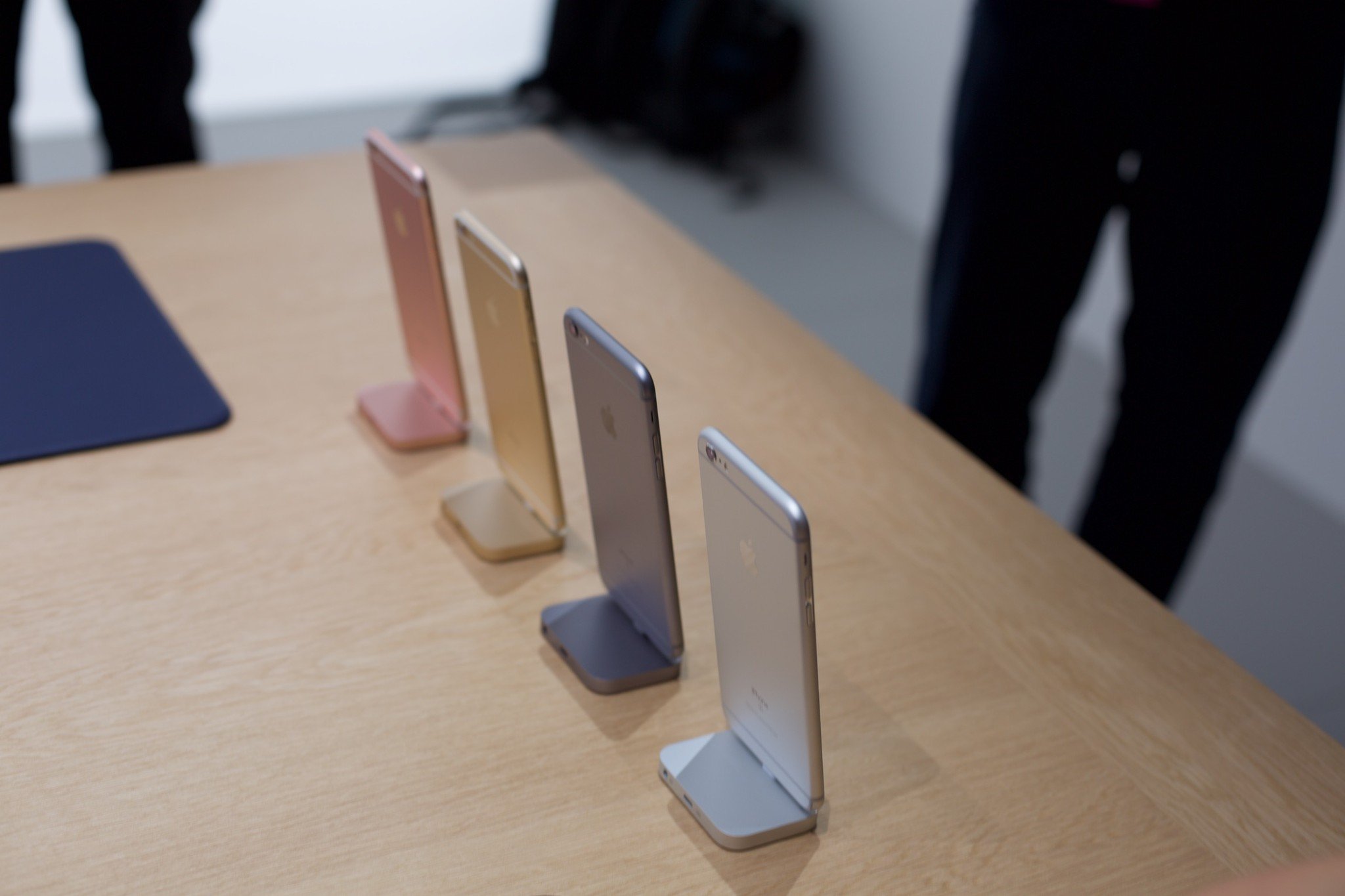
The iPhones themselves weren't the only things that saw a bit of a color change: We got new leather and silicon cases and new color-coordinated iPhone docks, too. And boy, are they shiny. The cases give iPhone buyers a whole new range of colors to deck their devices in, and more coordination options with the Apple Watch, too.
Bottom line
Prices stay the same. For those who worried the new reality for U.S. carriers would result in sticker shock for iPhone buyers, that was never going to happen. Carriers want to sell, not scare, so low, low monthly installments are what we got on the slides.
We also got Apple's first-ever iPhone Upgrade Program, which will let people in the U.S. upgrade to the latest iPhone every year. That's not what everyone is going to do, of course: Most people only upgrade every couple years or so. But this year it'll be the iPhone 5, iPhone 5c, and iPhone 5s owners who are going to upgrade en-masse. And they'll be in for a real treat.
We'll have more about the iPhones 6s along with everything else Apple announced at its September event here at iMore.com, so stick around. (And let us know if you have any questions!)

Rene Ritchie is one of the most respected Apple analysts in the business, reaching a combined audience of over 40 million readers a month. His YouTube channel, Vector, has over 90 thousand subscribers and 14 million views and his podcasts, including Debug, have been downloaded over 20 million times. He also regularly co-hosts MacBreak Weekly for the TWiT network and co-hosted CES Live! and Talk Mobile. Based in Montreal, Rene is a former director of product marketing, web developer, and graphic designer. He's authored several books and appeared on numerous television and radio segments to discuss Apple and the technology industry. When not working, he likes to cook, grapple, and spend time with his friends and family.
